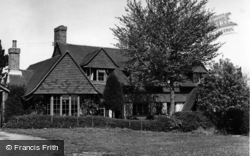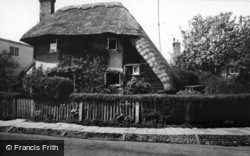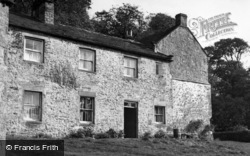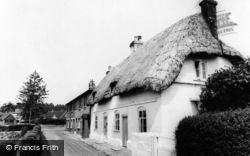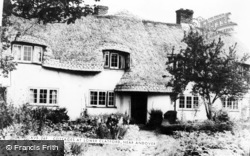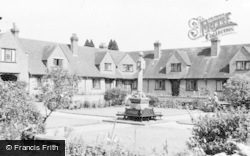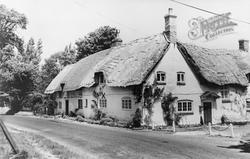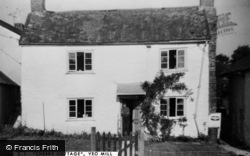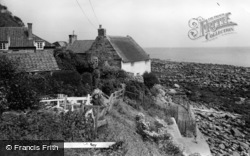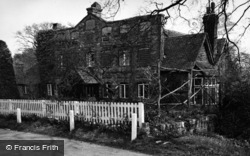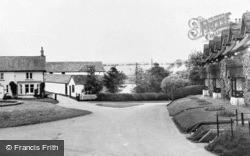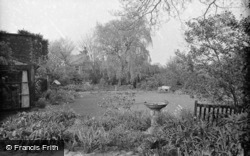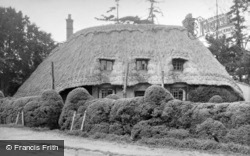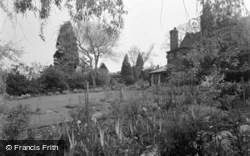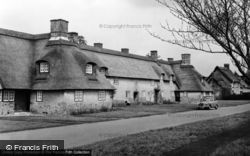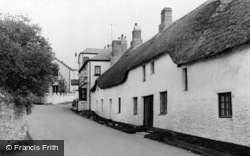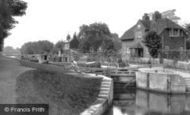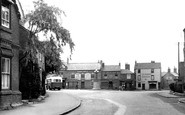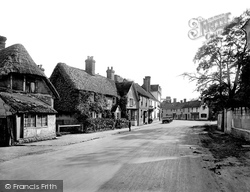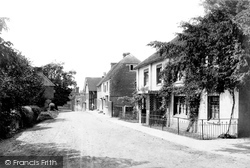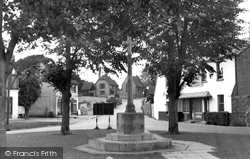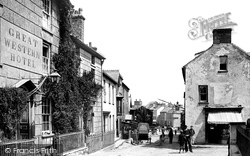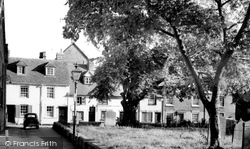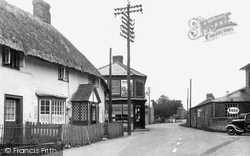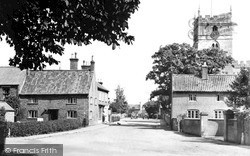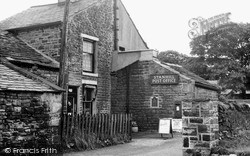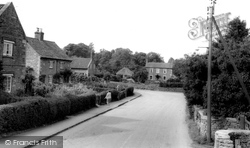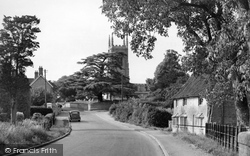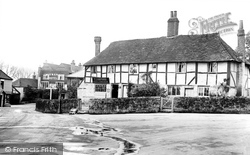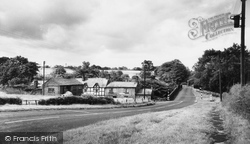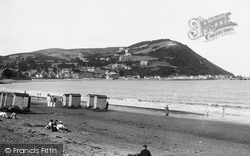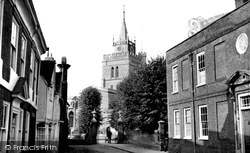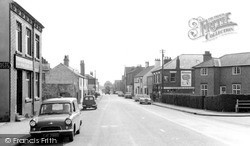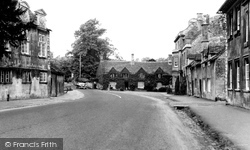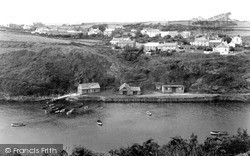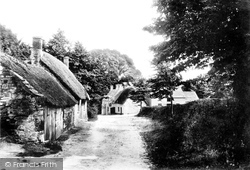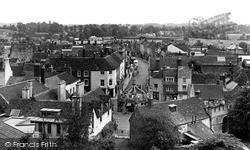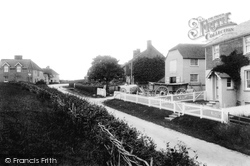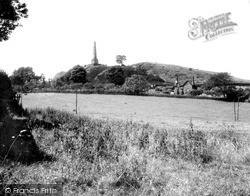Places
6 places found.
Those places high-lighted have photos. All locations may have maps, books and memories.
Photos
2,208 photos found. Showing results 1,381 to 1,400.
Maps
41 maps found.
Books
Sorry, no books were found that related to your search.
Memories
2,827 memories found. Showing results 691 to 700.
Village Days
I was born in Upper Clatford in 1945. I have fond memories the good and bad times. I went to the local school where we would draw on slates with chalks. I used to live in cottages now pulled down. There was a well at the bottom of ...Read more
A memory of Upper Clatford by
Crathorne Arms
I lived in Hutton Rudby but we had family friends in Crathorne, the Gibsons. They lived in Rose Cottage opposite the post office and village shop. I use to work on weekends for Redvest Bolton, a local farmer and landlord of the ...Read more
A memory of Crathorne in 1959 by
Lock Keeper
My grandfather, Edward Ernest Light, was the lock keeper at Sonning when this photo would have been taken. He was married to Lily and they had 3 sons, Edgar, Harold and Len, and a daugher Evie. Harold was my father and was born in the ...Read more
A memory of Sonning in 1910 by
Evacuation
I was evacuated to Kibworth three times; in 1939 I came probably from my school, Newington Green in North London. i stayed with Mr. and Mrs. Dinkley. After a few months, a bomb fell in Kibworth, probably on the way to ...Read more
A memory of Kibworth Beauchamp in 1930 by
Drayton St Leonards 1936
1936 - my father Ernest Eldridge and mother Violet and myself Barbara moved from Dorchester on Thames to Drayton St Leonards. My mother's friend May Rusher (wife of Frank Rusher) arranged for the cottage next door ...Read more
A memory of Drayton St Leonard in 1930 by
Grandparents
The Blackburn family. Hi, my grandparents lived in Forcett all of their married life and brought up four children there. Milly was the oldest, she was my gran's daughter from her first marriage, the surname was Swann. Then she met and ...Read more
A memory of Forcett in 1960 by
The Rose And Crown
Ivy Myers. I wonder how many people from Chalfont remember the "Rose and Crown", a Benskins pub. My father owned it from 1946 until 1950. There was also the “Kings Head” which was on the corner of Joiners Lane. Of ...Read more
A memory of Chalfont St Peter in 1949 by
Living On The Farm
I lived at 2 Plass Cottages until we were evicted in 1951 or 1952, my step dad worked on the farm, his name was George Squire.
A memory of Lower Machen in 1951 by
Tinker Tailor Solder Sailor 1916
Lynette Carter nee Evans My grandfather was Romany Gypsy, Stephen Evans, who better known as (Stinny)? During 1916 he lived in Gorseion, while his wife; my grandmother Mary Ellen Boswell lived in Gowerton. Nobody ...Read more
A memory of Gorseinon in 1900 by
The Bellas Sisters
Before emigrating to Australia in 1927, my uncle Michael Samuelson (1898-1975) lived for about a year in Rosgill and made a living taking farmers' eggs to market. On leaving England, he was given a photo of the Bellas sisters ...Read more
A memory of Rosgill in 1920 by
Captions
2,010 captions found. Showing results 1,657 to 1,680.
The cottage on the left has been demolished but the others remain, including the rather fine White Hart Hotel, dated 1691 but in fact earlier, a former coaching inn.
The Lychgate, c1520, is a half-timbered cottage by the churchyard with an upper floor extending above.
The great house was New Place; it has now been converted into cottages. It was the home of the Palmer family in the time of Henry VIII. Ecclesden Manor is a long, low Tudor-style house built in 1634.
Lower Town comprises a huddle of picturesque cottages around a harbour.
In this view, the photographer looks back past the Bucks Evangelistic Mission Hall to the Georgian-fronted cottages on the right of photograph number A84022.
A long main street, groups of thatched cottages and a picturesque 17th-century coaching inn at the foot of a steep hill create an atmosphere of charm and quiet dignity.
Badgers Lair, the cottage on the left, has had its brickwork roughcast and colour-washed and the windows replaced by leaded lights since the 1950s, while the former shop beyond has also been drastically
The inscribed plaque on the cottage told the story of how Hargreaves was compelled to leave Stanhill because of persecution by local handloom weavers who feared for their livelihoods.
Here we see several more of the local ironstone cottages with their well kept and productive gardens. There is a fine crop of runner beans in one garden as well as the usual flowers.
Some of the cottages in St Nicholas Terrace, which is located to the north of the church, are 18th-century, and one of them is dated 1771.
It is a delightful village with mostly 18th-century houses, with a sprinkling of 19th-century estate cottages, such as those with the slate-roofed dormers on the left, dated 1858.
The cottage on the right has been replaced by a stone bungalow further back from the roadside.
Despite being at the junction through which traffic to Bognor pours, this timber-framed cottage survives.
The traffic lights are still there, as are the attractive cottages, one of which was originally a corn mill.
Beyond the bathing machines, the newer town is on the left, the white cottages of Quay Town are on the right, and the old town climbs the hill towards the medieval church with its tall 15th-century
On the left are Hickman Charity houses; the jettied timber-framed cottages were bought and refurbished in the 1980s, and the timber-framing exposed. On the right is the old Grammar School.
Left alone, the buildings in Melton Road could have reverted to a village atmosphere, but the Council in its usual insensitive manner authorised the demolition of the cottages on the
Rich merchants and tradesfolk built houses for themselves along the town's streets, which is why grand dwellings and humble cottages can be seen cheek by jowl.
Solva was to become a haven for pleasure boats, and many of its houses were to become smartened up as holiday cottages.
The cottage on the east side of Manor Road (left) is the one to which Sergeant William Lawrence retired.
On the left in the foreground is the rear view of what was once Malmesbury Cottage Hospital, but at this date it was the offices of the Malmesbury Gas & Coke Company and the Shamrock
The Village 1903 Just off the road between Lyminge and Hythe, this jettied timber-frame cottage stands at the approach to the 13th-century church.
They had reason to be grateful - the duke had been instrumental in introducing modern farming methods on his estate, and had also built decent cottages for his workers.
Left alone, the buildings in Melton Road could have reverted to a village atmosphere, but the Council in its usual insensitive manner authorised the demolition of the cottages on the
Places (6)
Photos (2208)
Memories (2827)
Books (0)
Maps (41)




